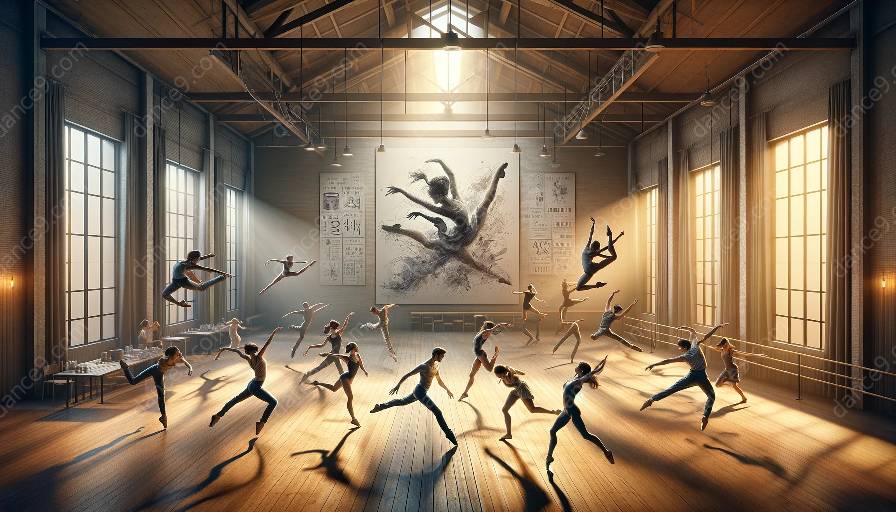Understanding spatial dynamics and choreographic techniques is essential for creating captivating and impactful dance performances. This article delves into the intricacies of these concepts, exploring their significance, their integration in choreography, and the various approaches to movement and composition in the realm of dance.
The Significance of Spatial Dynamics in Dance
Spatial dynamics encompass the manipulation of space and the arrangement of dancers on stage to create visually engaging and immersive experiences for the audience. It involves the utilization of the performance area in a strategic manner, influencing the audience's perception of movement, rhythm, and energy.
Choreographers leverage spatial dynamics to establish relationships between dancers, the audience, and the performance space. By considering the spatial elements, such as direction, level, pathway, and dimension, choreographers can imbue their work with depth, perspective, and dynamism, elevating the overall impact of the dance piece.
Integration of Choreographic Techniques
Choreographic techniques are fundamental tools that choreographers use to structure and develop movement sequences and compositions. These techniques encompass a wide array of approaches, including spatial manipulation, body dynamics, and rhythmic patterns, among others.
When integrating spatial dynamics with choreographic techniques, choreographers carefully consider how the use of space enhances the expression of movement and emotions. By strategically placing dancers and manipulatin
Approaches to Movement and Composition
The exploration of spatial dynamics and choreographic techniques encompasses a diverse range of approaches to movement and composition. These approaches may include but are not limited to:
- Contemporary Dance: Contemporary dance places a strong emphasis on spatial awareness, with choreographers utilizing the entire performance space to create intricate and evocative movement sequences.
- Ballet: In ballet, spatial dynamics play a crucial role in the formation of patterns and formations, enhancing the grandeur and elegance of classical ballet performances.
- Improvisational Dance: Improvisational dance embraces spontaneity and exploration of space, encouraging dancers to respond to the environment and interact dynamically with the performance area.
Each approach offers unique perspectives on the integration of spatial dynamics and choreographic techniques, contributing to the rich tapestry of dance as an art form.
Conclusion
Embarking on a deeper exploration of spatial dynamics and choreographic techniques provides valuable insights into the intricacies of dance composition and performance. By understanding and applying these concepts, choreographers can elevate their creative endeavors, resulting in captivating and emotionally resonant dance experiences for both performers and audiences alike.






































